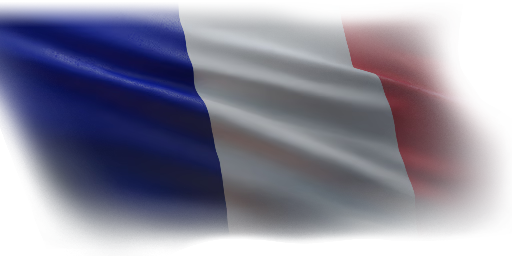
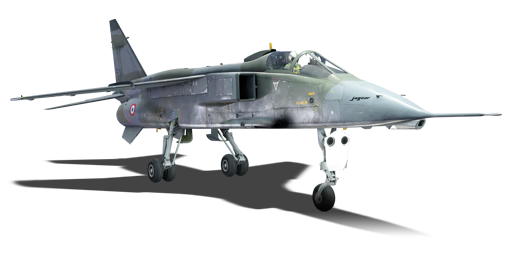


The Jaguar programme began in the early 1960s, in response to a British requirement (Air Staff Target 362) and a French requirement (ECAT or École de Combat et d'Appui Tactique, "Tactical Combat Support Trainer") for a cheap, dual-role trainer and light attack aircraft to replace various obsolete subsonic aircraft filling that role. Cross-channel negotiations led Britain and France to form SEPECAT: Société Européenne de Production de l'Avion d'École de Combat et d'Appui Tactique – the "European company for the production of a combat trainer and tactical support aircraft". Almost all parts of the aircraft were jointly built by the two countries. For example, the powerplant was a partnership between Rolls-Royce and Turbomeca to develop the Adour afterburning turbofan engine, while the fuselage and wings were a partnership between Breguet and BAC, using the same basic configuration and an innovative French-designed landing gear and fuselage design, the Jaguar was built incorporating major elements of design from BAC, notably the wings and various control systems. In the end, the Jaguar program grew into more than just a trainer aircraft, and saw great export sales to foreign countries as a trainer, bomber, strike aircraft, and anti-shipping attacker. The Jaguar A variant was the single-seat, all-weather tactical strike and ground-attack fighter version for the French Air Force, with two prototypes and 160 production aircraft built.
The Jaguar A, introduced in Update "Raining Fire", is a deadly attacker for its battle rating available in the French tech tree. The Jaguar has high wing loading and suffers from greatly decreased manoeuvrability and speed when fully loaded with ordnance, however, it will often not be used in such a case in-game, instead being utilized as a support fighter in dedicated air battles with its abundant countermeasures and R.550 Magic 1 missiles combined with its nimble handling when unburdened. However, combined battles is where the Jaguar A really shines, being able to use a wide array of guided and unguided ordnance, chief of which are the powerful BGL-400/1000 series laser-guided bombs and AS-30L Nord laser-guided missiles.
flaps
flaps
flaps
brake
| Belt | Belt filling | Armor penetration (mm) at a distance: | |||||
|---|---|---|---|---|---|---|---|
| 10 m | 100 m | 500 m | 1000 m | 1500 m | 2000 m | ||
| API-T/HEI/HEF | 35 | 32 | 21 | 13 | 8 | 5 | |
| HEI/API-T/API-T/API-T | 35 | 32 | 21 | 13 | 8 | 5 | |
| HEF/HEI/HEF/HEI/API-T | 35 | 32 | 21 | 13 | 8 | 5 | |
| HEF/HEI | 4 | 4 | 3 | 3 | 3 | 3 | |
| Name | Weight | Slot | ||||
|---|---|---|---|---|---|---|
| 89 kg |  |  | ||||
| 247 kg |  |  | ||||
| 400 kg |  |  | ||||
| 247 kg | 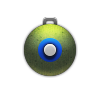 |  | ||||
| 400 kg | 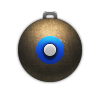 |  | ||||
| 18 × | 90.9 kg | 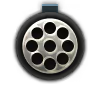 |  | |||
| 36 × | 181.8 kg |  |  |  |  | |
| 4 × | 155.2 kg | 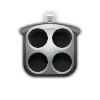 |  |  |  | |
| 4 × | 162 kg | 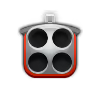 |  |  |  | |
| 3 × | 821 kg | 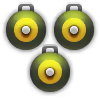 |  |  | ||
| 2 × | 880 kg | 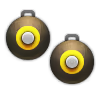 |  |  | ||
| 3 × | 821 kg | 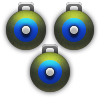 |  |  | ||
| 2 × | 880 kg | 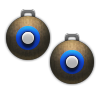 |  |  | ||
| 36 × | 447.8 kg | 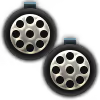 |  | |||
| 400 kg | 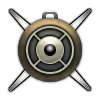 |  | ||||
| 970 kg | 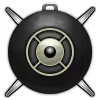 |  | ||||
| 520 kg | 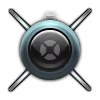 |  | ||||
| Drop tank (1200 liters.) | 120 kg |  |  |  | ||
| ATLIS II targeting pod | 120 kg | 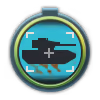 | ||||
| 216 × Large caliber chaff countermeasures | 216.1 kg |  | ||||












Flight performance | |
|---|---|
Survivability |
|---|
Weaponry | |||
|---|---|---|---|